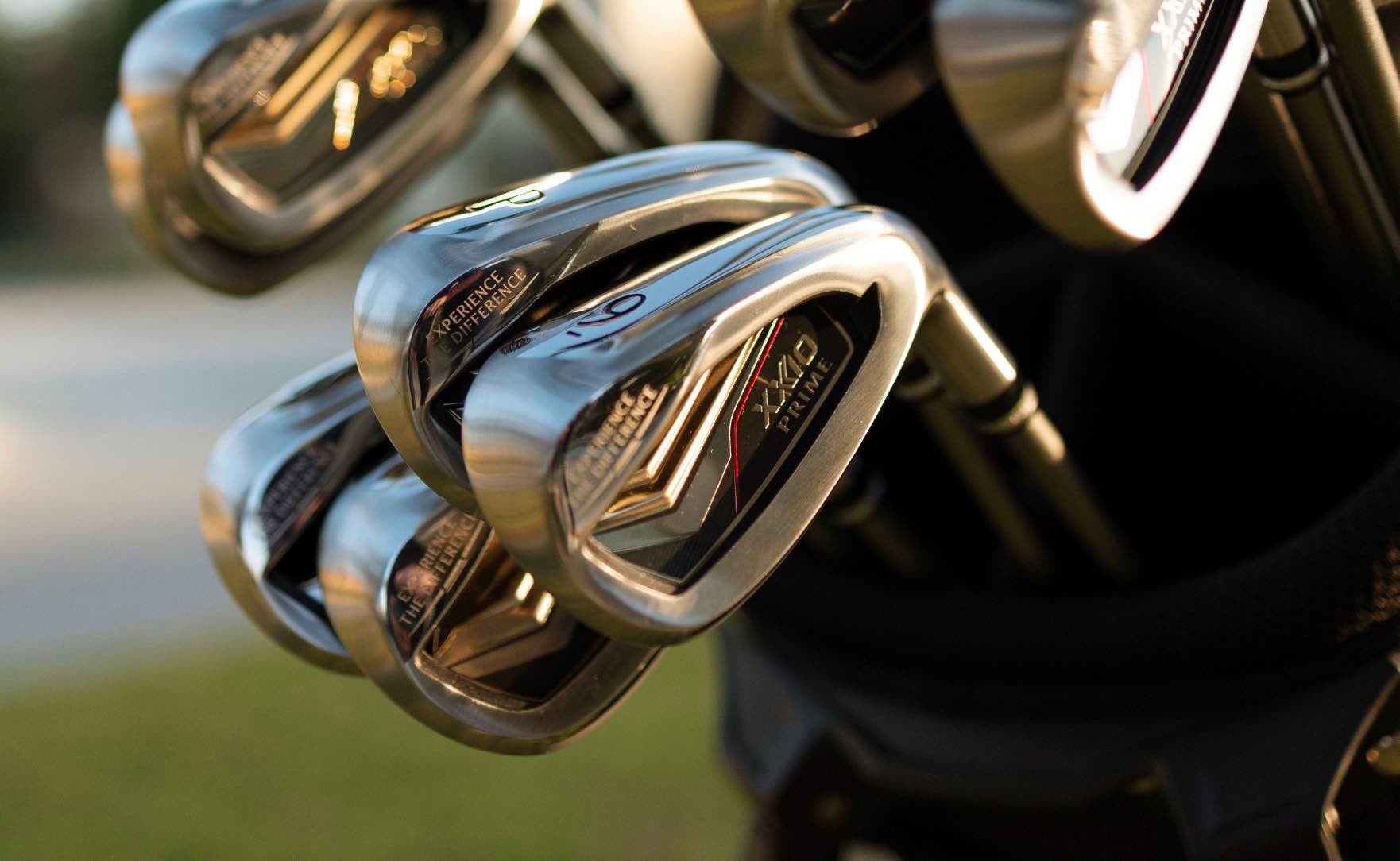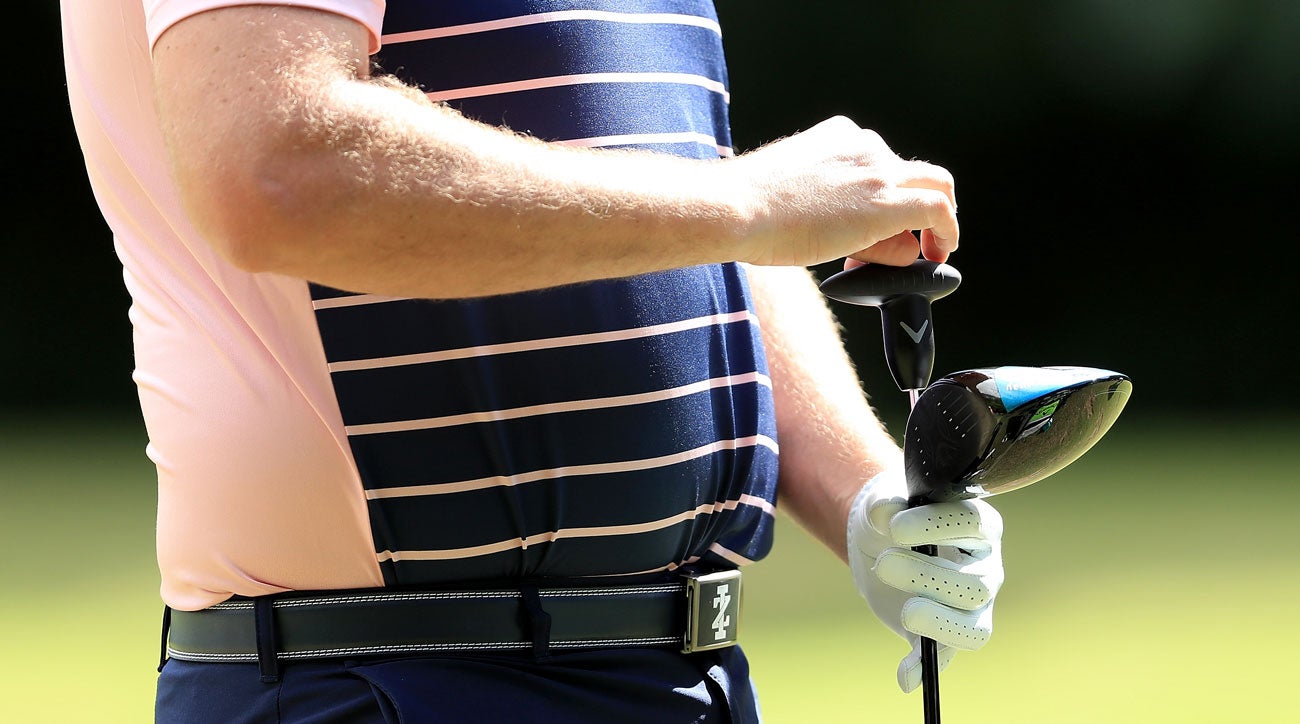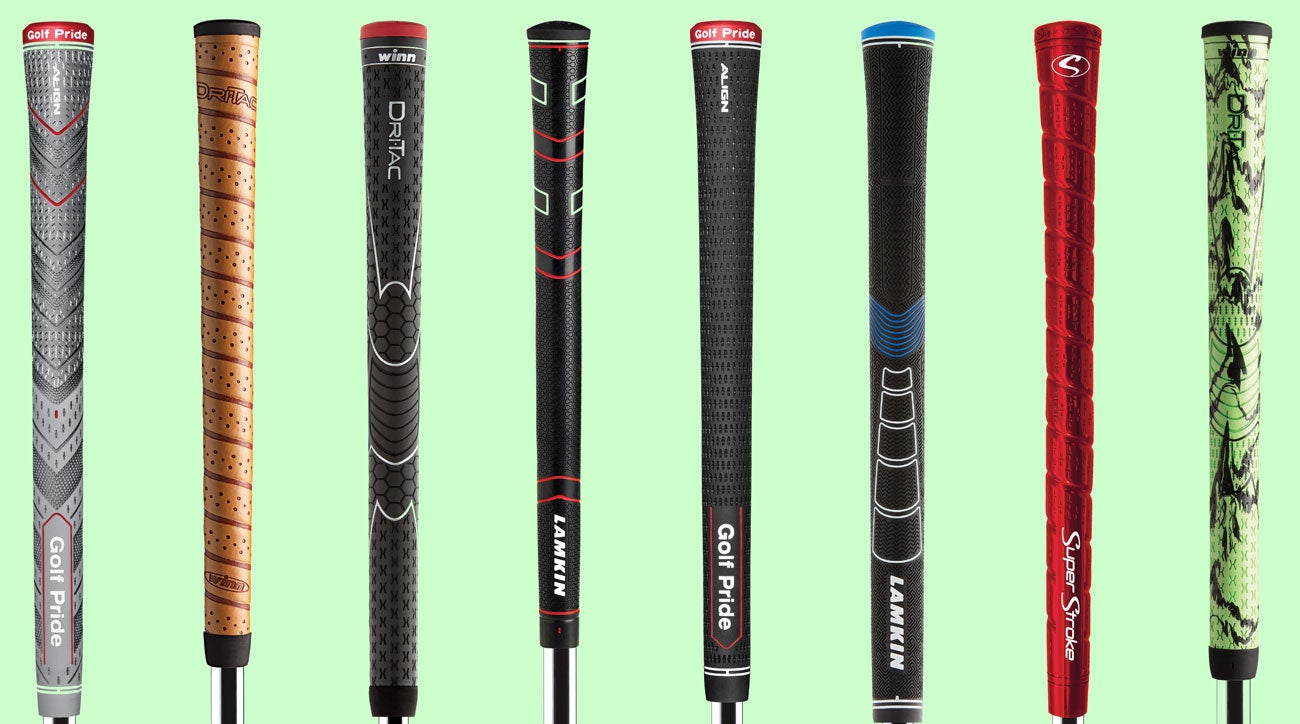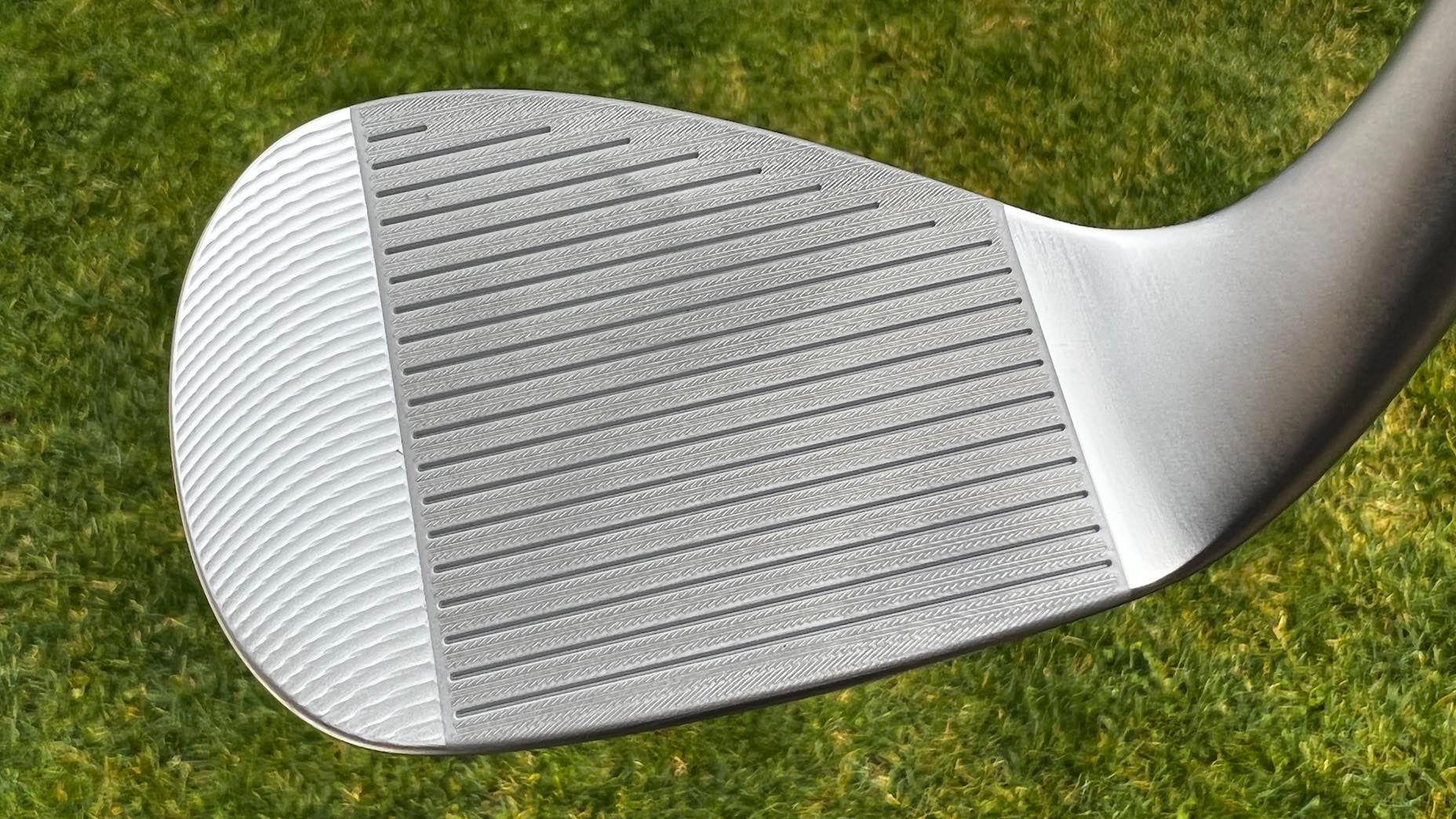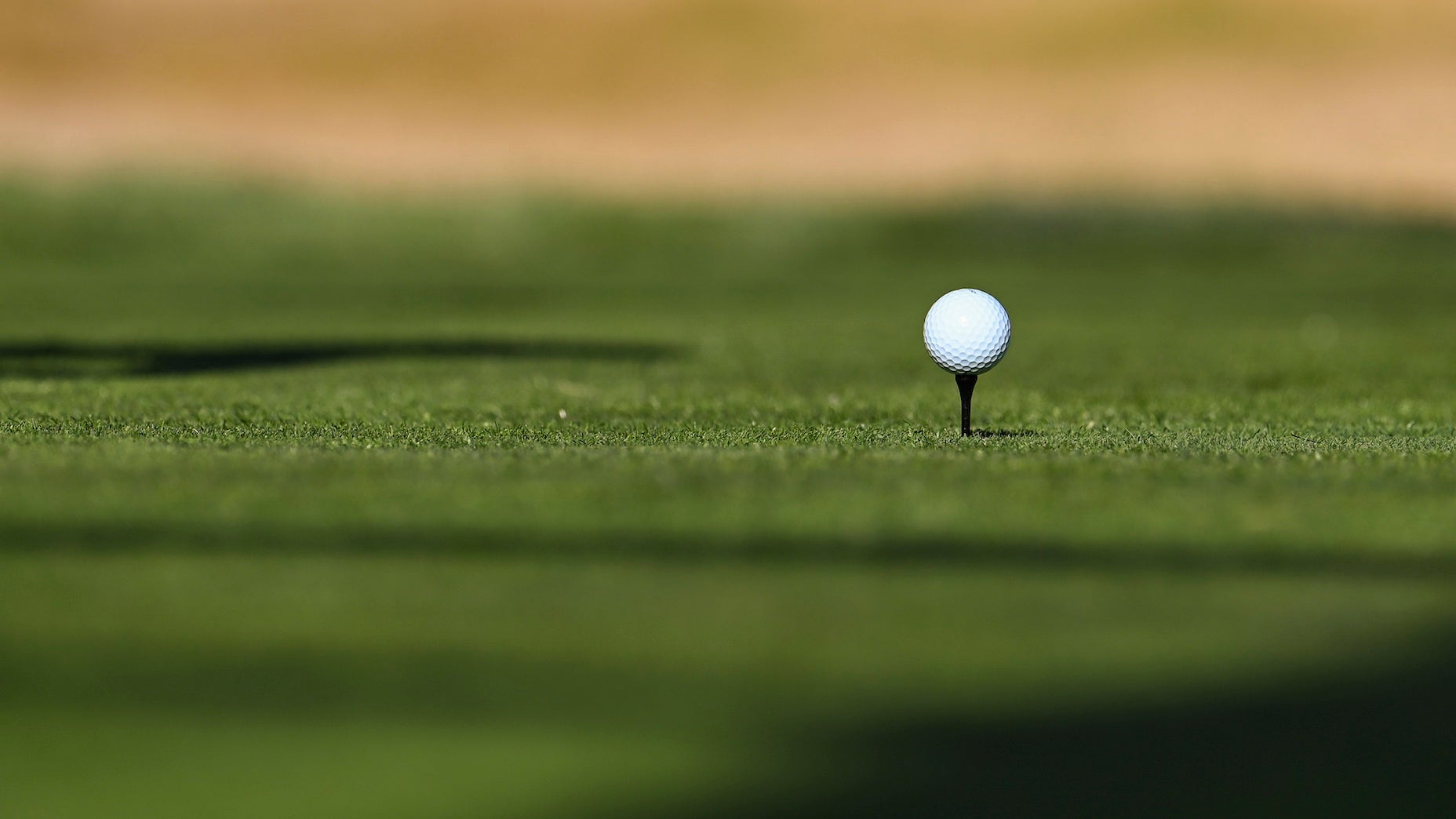Gear Questions You’re Afraid to Ask: What causes clubs to break?

What causes a club to break? We cover a few common reasons right here.
Getty Images
Welcome to Gear Questions You’re Afraid to Ask, a GOLF.com series produced in partnership with Cleveland/Srixon Golf.
It happens to the best of us. And the worst. Inevitably, at some point, whether during transit, transport, or during the course of play, you’re going to have an equipment breakdown, and something will either break, bend, dent, or somehow be rendered unusable.
I know firsthand. It happened to me last Friday.
On the first swing, my “new” driver (new as in only four months old) broke about a half-inch above the hosel. Oddly enough, it broke post-impact, remaining intact until I reached down to pick up my tee.
Question is, was it something I did while hitting the ball? Or was my driver’s demise the result of something else? In most cases, unless you wildly miss the center of the face you probably won’t damage a club during the course of normal play. Odds are the initial damage occurred before I teed off (the exact reason is detailed below).
Let’s look at a few of the most common ways a club can break or get damaged so badly you can no longer use it. And, for a refresher, the Rules of Golf make clear that if you damage a club during normal play, you can still use said club as long as it’s still intact and useable. What you can’t do is replace it until after your round — I know, that doesn’t make any sense either.
Common causes for breakage:
Your bag falls over
This is so common that I’m betting you can remember the last time it happened to you. If you’re a walker, sometimes when your bag falls over it’s not that bad. Especially when it tips over on the grass. But, on the cart path or near the clubhouse? That’s where the damage can be catastrophic.
This is especially true for bags that fall off the back of golf carts — a result usually from either forgetting to fasten your bag to the cart or from faulty/loose straps that don’t hold your bag securely. Or, maybe it was a horrible prank. Either way, the blunt force trauma of bag on concrete or cement is enough to snap a graphite shaft, bend a steel shaft and leave some major scuffs or dents on your clubheads.
Your clubs aren’t properly arranged in your bag
I know, this doesn’t seem like it’d lead to a shaft break but compound a poorly arranged set with your bag falling over, and you can damage your stuff. I know because this is why my driver broke. Prior to my round, my clubs fell over in the parking lot. I didn’t’ think much of it, but I had a large mallet (with no headcover) in the same club slot as my woods. Apparently, when my clubs fell the putter hit the ground first (I have a huge dent on it to prove that) and my driver shaft struck the sharp end of the putter head, evidently cracking it.
This could have been avoided had I put my putter somewhere else in my bag.
Q-Star Tour Divide
Too little or too much epoxy
This is less common but still prevalent among do-it-yourself golfers who have a blowtorch and a vise grip and insist on doing their own clubmaking. That’s fine and we encourage it, but make sure you have an even hand when using epoxy used to fuse the shaft to the clubhead.
Having not enough could send the head flying off, and get this, having too much epoxy (especially if you get it inside the shaft) can cause brittleness at the intersection of shaft and clubhead.
Jingle jangle in the cart
Your money might not “jiggle jiggle,” but your clubs do whether you walk or ride in a cart. You may think riding will lead to a smoother ride for your clubs, but that’s not always true if you pay on hard, bumpy golf courses. Those bumps, skids, and even slight moments when the front or back of your cart gets airborne could lead to the shafts pressing hard against your bag’s club separators, causing fractures and/or breaks. Also, you may think it’s a good idea to over-tighten the cart’s bag strap, but overdo it and you could choke your set, increasing the likelihood of a bend or break.
Bonus tip! Always keep your headcovers on your clubs and use your towel between them for an added layer of cushioning.
Range mats
Not only can range mats be the demise of your wrists and elbows but hitting down onto a range mat places way more stress on the shaft than does hitting from the turf. Range mats sometimes aren’t that thick and it’s an inch or less before you’re striking hard concrete or cement. Hitting this kind of surface over time will invariably lead to bent loft angles or even some broken shafts.
Tree roots and embedded rocks
The mere notion of swinging a club at full strength anywhere near a tree root ought to make you nervous. And rightfully so, as many golfers have experienced significant injuries due to striking a hidden tree root just below the grass. The same goes for striking an unforeseen rock. Both can apply massive torque to a shaft, causing a bend or break. And likely, a trip to your doctor.
Rust
We’ve mentioned this one before, but it bears repeating. Rust may look cool on the clubhead, but if you get water inside your steel shafts, it’s no bueno. Rust could eat away at the shaft from the inside out, causing breaks that are not only scary, but downright dangerous. This is why anytime your clubs get wet, you should always dry them out of the bag as soon as possible.
Big misses and temper flare-ups
Whether you’re prone to missing the sweet spot (we mean in a big way, like way off the heel or the toe) or you have a knack for taking out your frustrations on your equipment—your clubs don’t deserve the abuse. If you can’t hit the broad side of a barn and you’re making contact in places on the clubhead that aren’t necessarily intended for impact, a lesson ought to be your first course of action to stop denting, cracking or bending your gear.
Second, if your temper is getting the best of you and you’re damaging your clubs during fits of rage — stop. Take a walk. Drink some water. This isn’t the PGA Tour.
Travel
We saved the worst for last. Travel is tough on your gear, especially if you don’t pack your clubs properly in your travel bag. The key is to pack things tightly so there’s less room for bends and breaks. Better yet, make sure your bag is balanced and supported with products like a Stiff Arm.
Some golfers go so far as to put their clubs in their bags upside down (clubheads down) to prevent breakage, and while we haven’t tried that ourselves, it sounds like a good idea. More padding is always better and again, make sure things are nice and tight.
Finally, remember to check your gear for cracks, breaks, and bends every now and then. And not just that, pay attention to normal wear and tear as well. This means checking your grooves, your lie angles (they can bend over time) and be sure to check that any removeable weights or adjustable hosels are tightened and secure. With some TLC, your clubs will last a long time.
Want to overhaul your bag for 2022? Find a fitting location near you at GOLF’s affiliate company True Spec Golf. For more on the latest gear news and information, check out our latest Fully Equipped podcast below!




